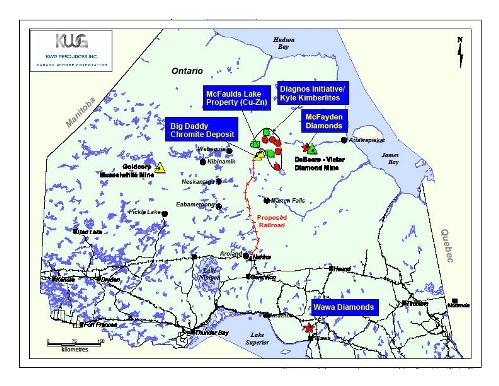This speech was given by Pierre Gratton, President & CEO of the Mining Association of British Columbia (MABC), at the Vancouver Board of Trade Lunch on May 12, 2010.
“The Northwest Territories, where there are three major diamond mines, in the last 12 years have generated $600 million in Aboriginal business revenues, increased Aboriginal secondary school enrollment from 36 to 56 percent and reduced Aboriginal recipients on social assistance by 50 percent.” – Pierre Gratton, MABC President and CEO
“Whereas many industry sectors do not see aboriginal people as a workforce, consumers or partners, the mining sector has been on the leading edge of aboriginal inclusion efforts in employment, partnerships and business development for thirty five years.” Kelly Lendsay, President and CEO of the Aboriginal Human Resources Council
The Renaissance of Mining in British Columbia
Good afternoon.
Before I begin, I would like to acknowledge the Coast Salish First Nations whose traditional territory we are on today, and to thank the Vancouver Board of Trade for providing the Mining Association of British Columbia (MABC) with this opportunity to discuss the state of our province’s mining industry.
I wish to also thank my colleagues on the executive committee, board of directors and staff at MABC, who work tirelessly on behalf of the mining industry, along with friends and colleagues at AME BC and the Mining Suppliers Association of BC. Special thanks go to members of the Mining Week Committee for their hard work planning and organizing this week’s events.
Mining Week, a tradition for the past 103 years, celebrates the role this industry plays in making British Columbia a great place to live, work and play. This year we’ve partnered with the Canadian Institute of Mining, Metallurgy and Petroleum and its annual conference to reach out to a broader industry and public audience. We’ve also expanded our activities, with events taking place in many communities across the province.
























 This article originally appeared in the Fall/Winter 2010 issue of the Ontario Prospector which is published by the
This article originally appeared in the Fall/Winter 2010 issue of the Ontario Prospector which is published by the